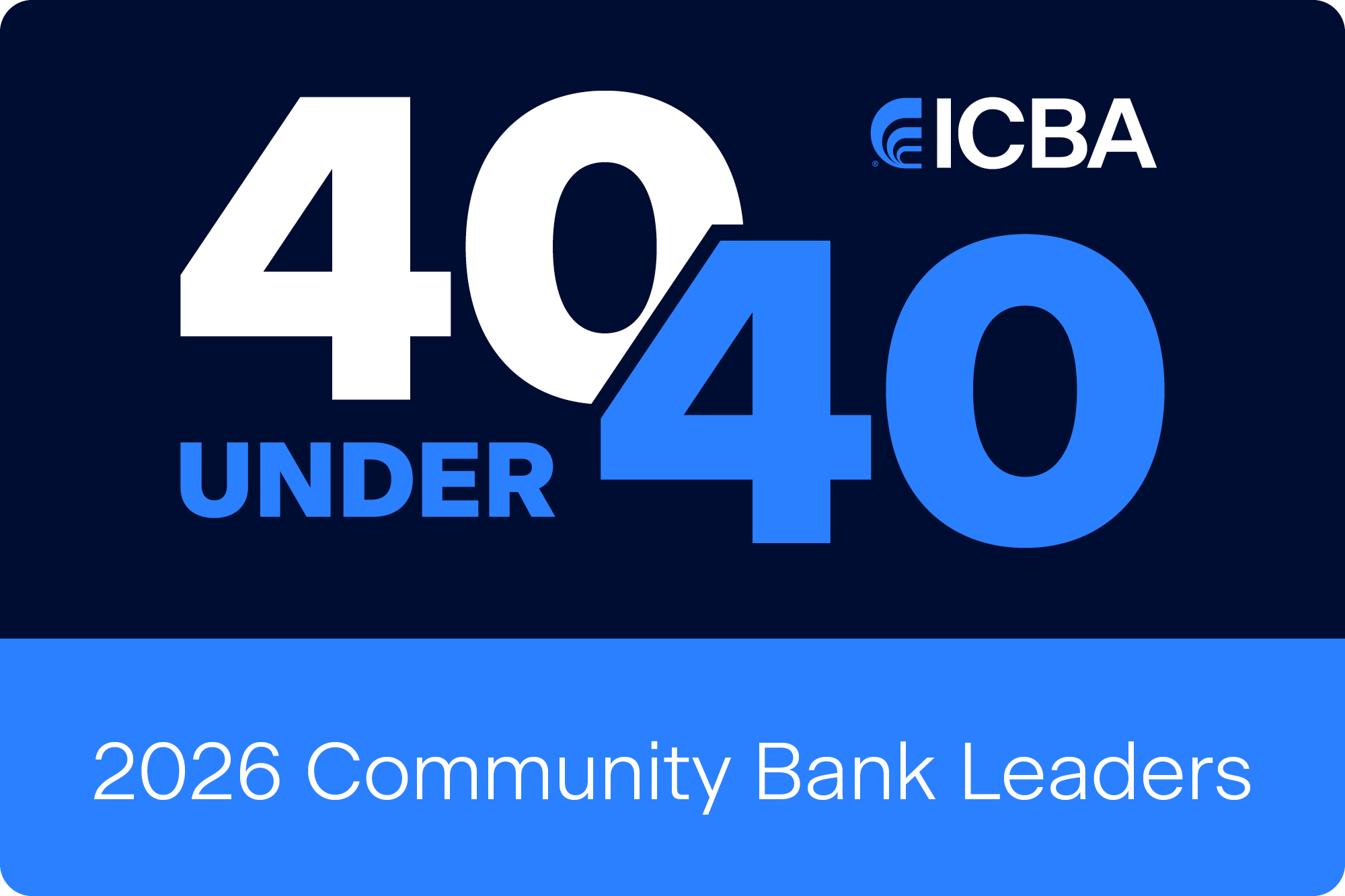No one likes customer complaints, but they can provide a wealth of information that can improve both your community bank and your customers’ experience.
How to See the Value of Customer Complaints
June 20, 2023 / By Jen A. Miller
No one likes customer complaints, but they can provide a wealth of information that can improve both your community bank and your customers’ experience.
Community banks hope that every customer is 100% satisfied with every single interaction, but that’s just not possible in the real world.
But even if negative feedback is hard to hear, customer complaints shouldn’t be avoided or dismissed. Instead, they should be seen as an important tool in building better customer service. By listening to pain points and fixing issues accordingly, community banks can reduce risk and improve customer satisfaction.
“[Feedback] gives us the opportunity to help funnel changes and improvements that a community bank might want to make to be competitive.”—Michelle Fernandez, Broadway Bank
Getting any kind of feedback “gives us the opportunity to help funnel changes and improvements that a community bank might want to make to be competitive,” says Michelle Fernandez, senior vice president of customer insights, quality and performance at $4.7 billion-asset Broadway Bank in San Antonio, Texas.
Four years ago, Broadway Bank launched its Voice of the Customer program, which uses tools such as surveys and social media monitoring and employee feedback to help the community bank keep tabs on customer sentiment. Feedback forms are automatically sent to customers at important stages of their banking journey, whether it’s seeing how they felt about the mortgage loan experience or their recent loan interaction.

“The intent is to capture feedback,” Fernandez says. Whether it’s good or bad feedback, it is automatically collected and added to Broadway’s workflow to make sure that customer praise, along with criticisms, pain points and customer frustrations, are identified and addressed. For example, if feedback indicates that a customer is going to leave the bank, a banker follows up with that customer within 24 hours.
Using digital forms can make it easy for customers to give feedback, since they might not feel comfortable talking to a community banker directly, says Karl Falk, CEO of Botdoc. The fintech’s software can allow customers to fill out forms anonymously, which can enable more honest feedback, especially if that person has been a customer for a long time and doesn’t want to hurt the feelings of someone they may consider a business partner or friend.
“The easier banks make it for their well-known customers to give them feedback, as well as new customers, the easier it is for them to understand the friction points their customers are feeling,” Falk says.
Find and fix
For Broadway Bank, one of those friction points was mobile check deposit. Through a few different surveys, the community bank noticed that customers were experiencing difficulties depositing checks via their mobile devices. The bank figured out why this was happening and adjusted the process. Broadway implemented those changes, and it saw an 80% improvement in check acceptance, Fernandez says. The new mobile banking process also helped raise its overall customer satisfaction scores.
Falk says community banks can encourage customers to fill out surveys in a few ways, including automatically emailing feedback forms, adding widgets to digital interfaces and using text messaging, if the customer had opted in.
Whatever a bank does, “it should be standard across the entire experience,” he says, whether it’s a customer who just completed a mortgage loan process or a high school student opening their first checking account. “You want that sample to be consistent across the population.”
Not all feedback is bad news, of course. Customers will often reach out to highlight the good work of a specific bank employee, which should also be recognized, Fernandez says. At Broadway, the same Voice of the Customer program that will flag customers who are at risk of leaving is also used to identify which happy customers indicate they will be considering another financial product soon. A banker will also contact those happy customers within 24 hours.
The community bank’s system, says Fernandez, “engages the proper banker in all different spectrums of satisfaction, and all different needs, which is why asking for customers to provide feedback is critical.”
The best kind of survey? A short one
While it might be tempting to ask your customer as many questions about their experience as possible, brevity works best when it comes to soliciting customer feedback. Avannis, an ICBA Preferred Service Provider, can document that more customers abandon an online survey as the number of page clicks and open-ended questions with forced responses increase. There are fluctuations in the abandon rate based on the survey topic, but Avannis’ preferred survey length is currently producing an average abandon rate of 9.1%.
So, if you’re composing a survey, try to keep it short. SurveyMonkey recommends putting the most important and engaging questions at the start of the survey to make sure you capture critical feedback and encourage customers to keep answering questions.
Subscribe now
Sign up for the Independent Banker newsletter to receive twice-monthly emails about new issues and must-read content you might have missed.
Sponsored Content
Featured Webinars
Join ICBA Community
Interested in discussing this and other topics? Network with and learn from your peers with the app designed for community bankers.
Subscribe Today
Sign up for Independent Banker eNews to receive twice-monthly emails that alert you when a new issue drops and highlight must-read content you might have missed.
News Watch Today

Join the Conversation with ICBA Community
ICBA Community is an online platform led by community bankers to foster connections, collaborations, and discussions on industry news, best practices, and regulations, while promoting networking, mentorship, and member feedback to guide future initiatives.













